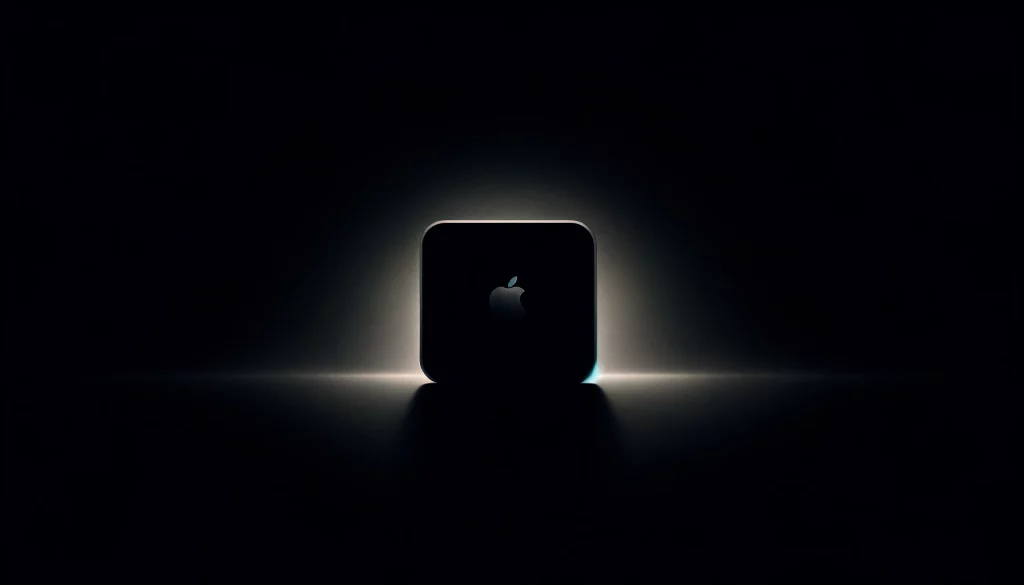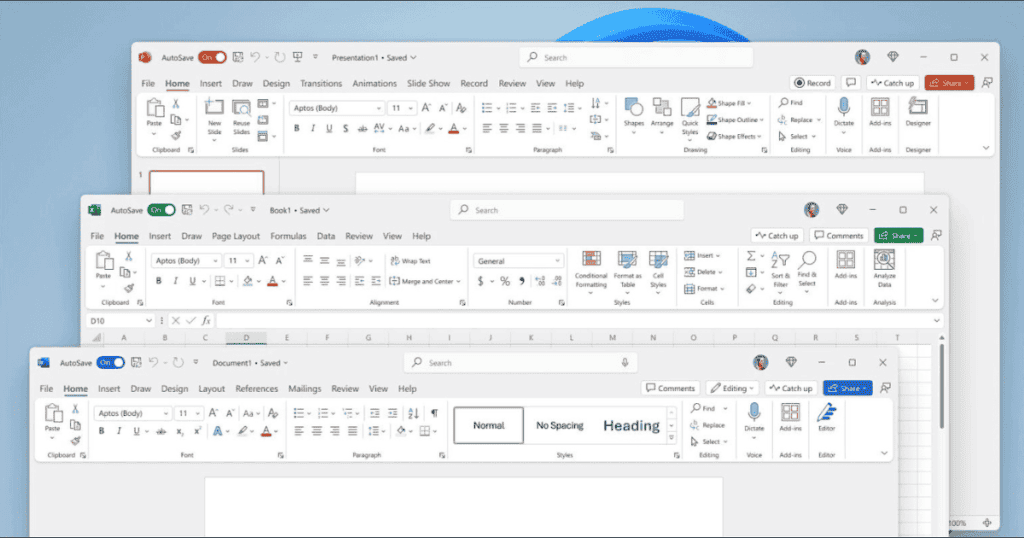As Apple prepares for the anticipated launch of its M4 Macs in November 2024, industry analysts are keenly examining the implications of the new M4 chip, which promises significant advancements in both CPU and graphics performance due to its cutting-edge 3nm architecture. With a standard 16GB RAM across all models and a redesigned Mac mini featuring a more compact form factor, these updates signal a noteworthy shift in Apple’s approach to modern computing. However, the question remains: how will these enhancements impact user experience and the competitive landscape?
Upcoming M4 Mac Features
As anticipation mounts for the release of the M4 Macs, several key features are emerging that promise to elevate user experience and performance. Central to these advancements is the new M4 chip, which is expected to deliver enhanced CPU and improved graphics performance. This will significantly benefit users engaged in resource-intensive tasks, making the M4 Macs suitable for both professionals and creative enthusiasts.
The redesigned M4 Mac mini is anticipated to adopt a smaller form factor, resembling the Apple TV 4K. This compact design will improve space efficiency while still providing robust performance capabilities.
Moreover, all new M4 models are expected to feature a minimum of 16GB of RAM as standard, further enhancing overall performance across applications.
Additionally, improvements in battery life are anticipated, particularly in the M4 MacBook Pro models, ensuring that users can work longer without needing frequent recharges.
Enhanced connectivity options are also on the horizon, with a transition to USB-C compliance, aligning with industry standards and user demands.
Collectively, these features position the upcoming M4 Macs as a significant leap forward in Apple’s computing lineup, setting new benchmarks for performance and versatility.
Expected Launch Date
Anticipation for the launch of the M4 Macs is building, with expectations pointing to a release in November 2024. Initial reports had suggested an October launch, but more recent updates indicate that shipping is likely to occur in November. This aligns with Apple’s historical pattern of releasing new products, particularly within the Mac lineup.
Last year, the M3 MacBook Pro was unveiled on October 23rd, establishing a precedent for a similar timeline for the M4 Macs. Industry insiders speculate that an official announcement may occur in late October, reminiscent of the previous year’s M3 event.
The shipping schedule for standard M4 Mac mini models is already set for September, further supporting the timeline for an early November release. This strategic delay may allow Apple to ensure that the M4 Macs meet the high standards expected by consumers and professionals alike.
As the expected launch date approaches, excitement continues to grow around the potential features and enhancements that the M4 Macs are rumored to offer. With the tech community eagerly awaiting official confirmation, November 2024 appears to be a promising month for Apple enthusiasts.
Performance Enhancements
With the expected launch of the M4 Macs in November 2024, attention is shifting toward the anticipated performance enhancements that the new M4 chip is set to deliver. Built on advanced 3nm architecture, the M4 chip promises significant improvements in both CPU and graphics capabilities, allowing for more demanding applications and smoother multitasking.
Each M4 Mac is anticipated to include a standard base of 16GB of RAM, which will enhance overall system performance and enable seamless transitions between applications.
The M4 Pro and M4 Max models are particularly noteworthy, as they are expected to offer even greater performance enhancements tailored for power users, especially in areas like graphics rendering and machine learning tasks. These enhancements are designed to support professionals who require high-performance computing for complex projects.
Additionally, the M4 chip’s design focuses on efficiency, leading to extended battery life across the entire M4 Mac lineup. This means users can expect longer usage periods without the need for frequent recharging, further solidifying the M4 Macs as a compelling option for both casual users and professionals alike.
Design Changes
Frequently, design changes accompany technological advancements, and the upcoming M4 Macs are no exception. The M4 Mac mini is set to undergo a significant redesign after 14 years, adopting a compact, puck-like form factor reminiscent of the Apple TV 4K. This transformation not only enhances aesthetics but also aims to improve overall functionality and performance.
One of the most notable alterations in the M4 Mac mini is the elimination of USB-A ports, which will be replaced by five USB-C ports. This shift is designed to enhance connectivity options, aligning with modern user needs for versatile and efficient connections. Additionally, this transition is influenced by compliance with EU regulations, which is pushing the industry towards standardizing USB-C across devices, including iMac accessories.
In contrast, no major design changes are anticipated for other models such as the MacBook Pro and iMac. Instead, these models will primarily focus on chip upgrades and performance enhancements, maintaining their established designs while benefitting from the technological advancements brought by the new M4 processors.
Comparison With Previous Models
The upcoming M4 Macs are set to represent a significant evolution compared to their predecessors, particularly in terms of performance and standard specifications. One of the most notable changes is the expected RAM upgrade to 16GB as standard, a significant leap from previous models that often began with just 8GB. This enhancement is poised to improve multitasking capabilities and overall system responsiveness.
Additionally, the redesigned Mac mini introduces a fresh aesthetic and modern functionality, marking the first significant change in 14 years. The transition from USB-A to USB-C ports aligns the M4 Macs with contemporary connectivity standards, catering to current user needs.
Central to these improvements is the M4 chip, which is anticipated to deliver substantial performance enhancements over the M3. With enhanced CPU and graphics capabilities, users can expect a more powerful computing experience, particularly for demanding applications and workflows.
While earlier MacBook Pro models featured only incremental updates, the M4 lineup aims to offer a more streamlined approach with standardized specifications. This shift is designed to simplify user choices while maximizing performance, setting a new benchmark in Apple’s product offerings.
Anticipated Pricing
As anticipation builds for the M4 Macs, analysts are closely examining how pricing will shake out across the new lineup. The introduction of a standard RAM configuration of 16GB across all models is expected to play a significant role in shaping the anticipated pricing. This standardization may position the M4 Macs competitively within the market while reflecting the performance enhancements associated with the new M4 chip.
Historically, Apple has employed strategic pricing tactics, and analysts anticipate that the upcoming M4 lineup will follow suit. Previous models have experienced price adjustments during sales events, suggesting that consumers may see discounts shortly after launch, particularly during the holiday season.
The redesigned Mac mini is expected to debut at a competitive price point, appealing to users looking to upgrade from older systems.
Moreover, the expected performance enhancements may justify a slight premium compared to earlier models. As Apple aims to maximize full-price sales leading up to the holiday season, consumers should prepare for a pricing strategy that reflects both innovation and value in the M4 Macs.
Impact on Users
With the anticipated launch of M4 Macs, users are poised to experience a significant transformation in their computing capabilities. This upgrade promises a range of enhancements that cater to both casual users and professionals alike.
- Improved RAM configurations, standardizing at 16GB across all models, will significantly enhance multitasking efficiency.
- Upgrades to CPU and graphics performance are expected to streamline intensive processing tasks, making demanding applications run smoother.
- The redesigned Mac mini will offer a compact form factor, appealing to users with limited workspace while maintaining powerful performance.
- Compliance with new USB-C regulations will ensure modern connectivity options, enhancing compatibility with a range of devices.
- The enhanced performance and functionality are likely to foster increased user satisfaction and loyalty.
As M4 Macs enter the market, users can look forward to a more efficient and versatile computing experience.
The combination of improved RAM, superior CPU and graphics capabilities, and thoughtfully designed hardware will allow users to work more effectively and enjoyably, ultimately transforming how they interact with their devices.
These advancements reflect Apple’s commitment to meeting the evolving needs of its user base.
MacReview Verdict
The upcoming launch of the M4 Macs in November 2024 heralds significant advancements in computing technology, primarily through the introduction of the 3nm M4 chip. Enhanced performance, increased RAM as standard, and a redesigned, compact Mac mini are poised to elevate user experience and efficiency. As the shift to USB-C connectivity becomes standard, the M4 Macs challenge existing paradigms of computing, prompting a reevaluation of user needs and expectations in the rapidly evolving technological landscape.




